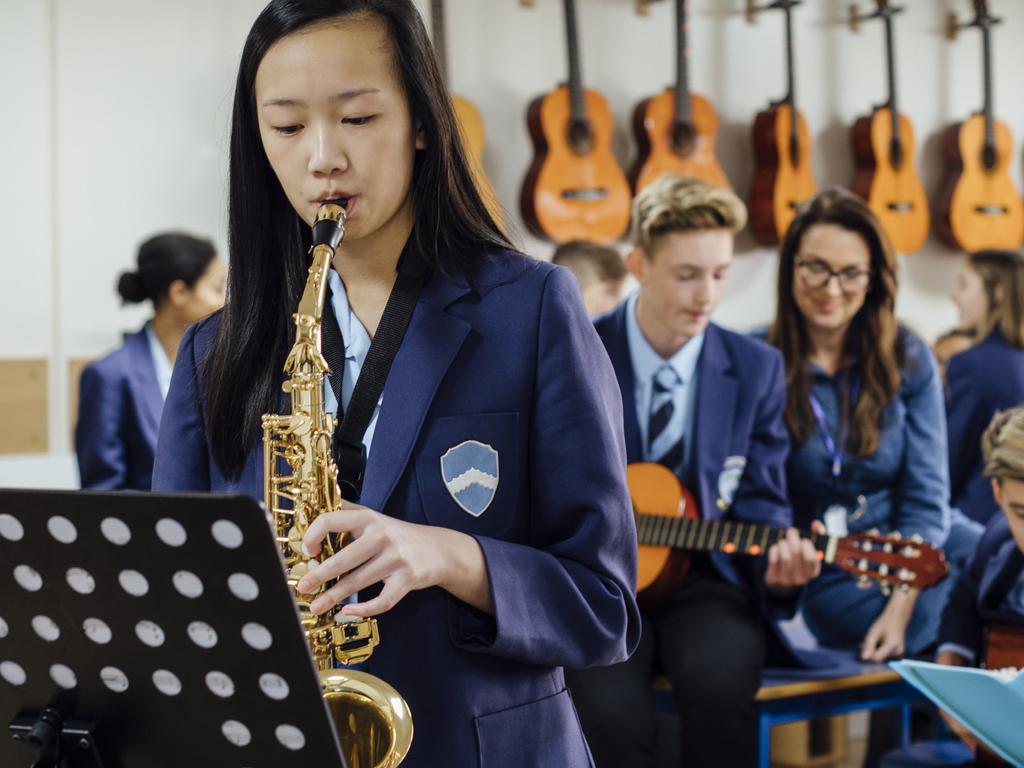How a few simple tests could tell you the biological age of your organs
Researchers have found a way to calculate the ‘organ clocks’ that dictate ageing based on a series of simple tests, with an unexpected organ emerging as the body’s ‘master controller’.

You might have heard of the scientific finding that handgrip strength is an even better predictor of early death than high blood pressure.
But despite that association having been proved in large-scale research, the reason that handgrip strength was such a powerful predictor of outcomes in ageing has been unclear.
Now, research by Melbourne University academics may have delivered us the answer.
The research published in the leading journal Nature Medicine has significantly advanced the already well-established notion that the biological age of your organs may be different to your chronological age.
They’ve developed a method for calculating your body’s “organ clocks” based largely on ordinary pathology tests that your GP has probably already ordered for you on at least one occasion.
First to the nuts and bolts of science’s new findings on ageing.
Ye Ella Tian from the University of Melbourne’s Department of Psychiatry and her colleagues published their formula for mapping “the first whole-body multi-organ characterisation of ageing" in the latest edition of Nature Medicine.

Through analysing hundreds of thousands of bodily organ and brain tissue samples in the enormous UK Biobank, Dr Tian established that the ageing of the body’s organs happens in an interconnected way, so that the ageing of the brain and propensity for loss of cognition and dementia can ultimately be the result of poor functioning of the heart and particularly, the lungs.
“We showed that ageing is a complex, multi-system process, whereby the biological age of one organ system selectively influences the ageing of multiple other systems via characteristic ageing pathways,” the paper says. “While biological ageing is an established concept and earlier studies establish ageing clocks for individual organs, including the kidneys, heart, lungs, skin and blood, we derived the first whole-body multi-organ characterisation of ageing.
“Deviations from expected ageing-related decline can be detected in certain organs (but not all) years before disease diagnosis. These deviations predict mortality, even after controlling for chronological age, disease burden and other risk factors.

“Our organ clocks could thus be used to identify individuals in midlife, before disease onset, who may benefit from early interventions aimed at slowing the ageing of specific body systems and organs.”
So how can these “organ clocks” be measured, and if the ageing of organs is so interconnected, is there any particular organ that acts as the master-controller?
The Melbourne University scientists developed a new age-prediction method for the body’s organs that is largely based on simple blood tests. The tests included measuring certain liver enzyme values, testing the concentration of creatinine, enzymes and other chemicals associated with kidney function, measuring blood sugar, haemoglobin and insulin levels, as well as checking lipids and cholesterol ratios. The brain’s age was determined via MRI scans.
Their research indicated that pulmonary ageing was most associated with risk of premature death, followed by ages of the renal, hepatic, metabolic, immune and cardiovascular systems.
But musculoskeletal age was not a significant risk factor of mortality when controlling for chronological age, sex and the age gaps of other organs.
“This is consistent with the configuration of the multi-organ ageing network, where the musculoskeletal system is a central hub, influenced by the extent of ageing of most other organ systems,” the scientists found.

Dr Tian and her colleague professor Andrew Zalesky said in future, a determination of “organ clocks” could happen at the level of general practice. The theory is that interventions designed to delay the rate of organ ageing may effectively delay disease onset, resulting in an extended healthy lifespan.
“If we see that the pulmonary system influences the ageing of the heart, if we can reduce ageing of the pulmonary system this would also have a consequence on potentially reducing ageing of the heart,” Professor Zalesky. “If we can break these influences at key spots, this could potentially reduce or delay ageing. We want to target organs that are strong influencers in the networks.”
This research reinforces that regular exercise is most powerful intervention, especially given that the lungs and cardiovascular system appear to be the biggest influencers of multisystem ageing. Any exercise that raises the heart rate is enough, and it can be as simple as fast walking.
The significance of the finding that the lungs are somewhat of a master-controller for the rate of ageing of other organs is significant not only for individual lifestyle health but also for public health. Cardiovascular exercise and refraining from smoking will ensure optimum lung health, but to some extent the factors that influence the health of your lungs – including the pollution in the atmosphere and the amount of green space in your environment – are outside of an individual’s control.
“This is also an opportunity for governments to shape public health policy,” Professor Zalesky said.








To join the conversation, please log in. Don't have an account? Register
Join the conversation, you are commenting as Logout